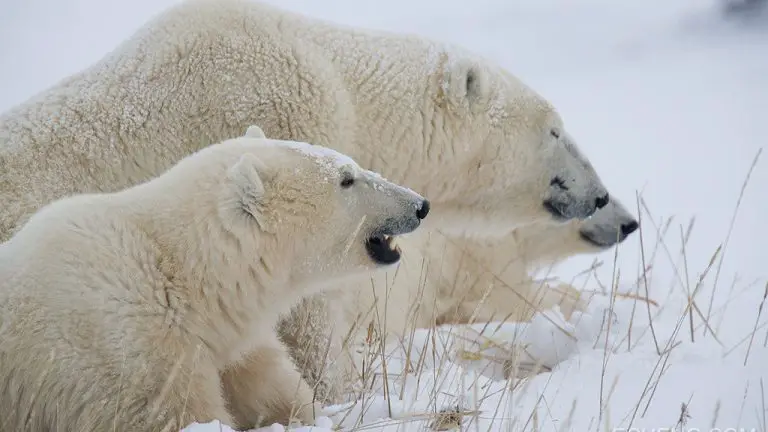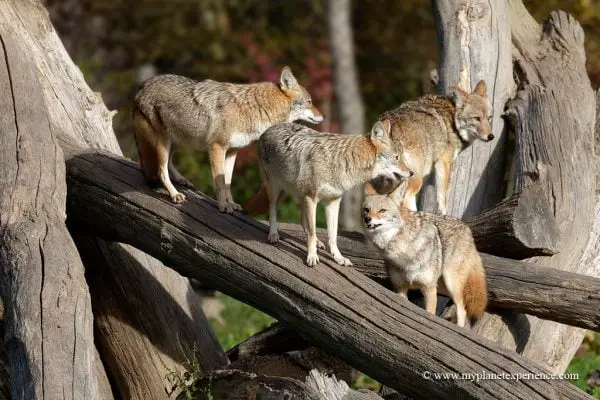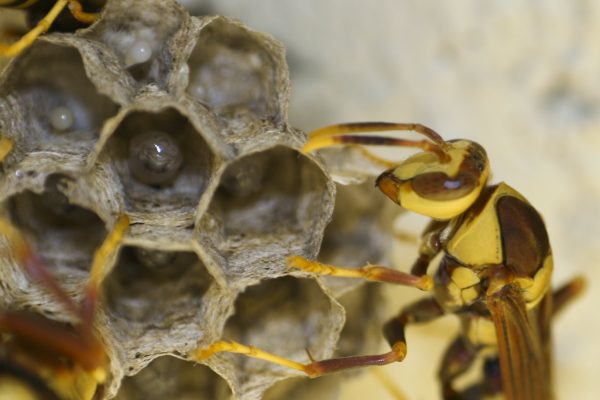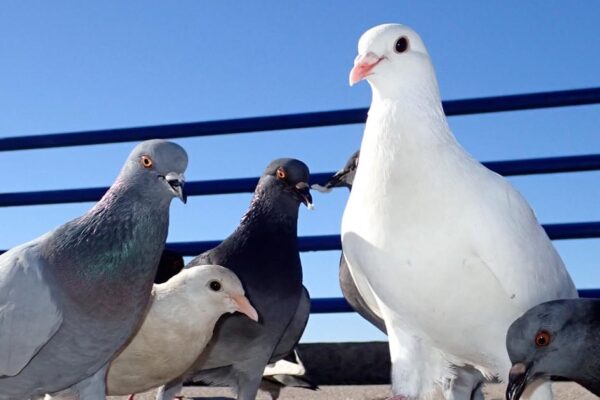The Arctic tundra, a vast and unforgiving landscape, is home to the majestic polar bear. These solitary hunters, aptly crowned the largest land carnivores on Earth, captivate us with their captivating blend of power and vulnerability. But beyond their solitary nature, there lies a fascinating social dynamic reflected in the diverse collective nouns used to describe them. By delving into these terms, we embark on a journey to understand the complexities of polar bear behavior, their ecological significance, and the challenges they face in a rapidly changing world.
Collective Nouns for Polar Bears
While “sloth” may raise an eyebrow as the collective noun for polar bears, it reflects their tendency to conserve energy when resting in large groups, particularly during harsh weather conditions. However, several other terms paint a more nuanced picture depending on the context:
- Sloth: This term, while not commonly used, signifies a large and inactive group of polar bears often seen huddled together for warmth and conservation of energy. It evokes a sense of communal comfort, shared vulnerability, and collective resilience in the face of the harsh Arctic environment.
Example: As the blizzard raged across the frozen plains, a sloth of polar bears huddled together on a windswept ice floe. Their white fur blended seamlessly with the snow, their slow breaths creating puffs of condensation in the frigid air, showcasing their reliance on collective warmth and energy conservation for survival.
- Pack: While polar bears are primarily solitary hunters, the term “pack” can describe a temporary group of polar bears, particularly females with cubs, collaborating for hunting or protection. It evokes a sense of shared purpose, temporary alliance, and cooperative behavior within these fleeting social groups.
Example: A pack of polar bears, including a mother and her two playful cubs, cautiously approached the edge of the ice floe. The mother, ever vigilant, scanned the water for potential prey, while the cubs mimicked her movements, their playful interactions showcasing the fleeting nature of these collaborative groups.
- Family: This term refers specifically to a mother polar bear and her cubs, forming a close-knit social unit for the first few years of the cubs’ lives. It evokes a sense of maternal care, nurturing behavior, and strong family bond within this crucial social structure.
Example: A family of polar bears emerged from their den, venturing out onto the sea ice for the first time. The mother, radiating both protectiveness and determination, meticulously guided her curious cubs as they explored their icy world, showcasing the unwavering bond within this essential family unit.
Interesting Facts About Polar Bears
Understanding these collective nouns goes beyond mere vocabulary; it allows us to appreciate the complexities of polar bear behavior and their vital role in the Arctic ecosystem:
Masters of the Arctic: Polar bears possess remarkable adaptations for survival in the extreme Arctic climate, including thick fur, blubber insulation, and powerful swimming abilities. These adaptations allow them to excel as apex predators, playing a crucial role in maintaining a balanced ecosystem.
Vulnerable Beauties: Sadly, polar bears face numerous threats, including climate change, habitat loss, and human-wildlife conflict. These threats jeopardize their survival and require immediate action to ensure their continued presence in the Arctic landscape.
Cultural Significance: Across various cultures, polar bears hold significant cultural and symbolic meaning. They often represent strength, resilience, and the untamed spirit of the Arctic, fostering respect and admiration for these magnificent creatures.
Final Thoughts
From the energy-conserving “sloth” seeking warmth to the protective “family” nurturing their young, the diverse collective nouns for polar bears offer a glimpse into their multifaceted lives and enduring presence in the Arctic kingdom. By appreciating these terms, understanding the intricacies of polar bear behavior, and addressing the challenges they face, we can ensure that these captivating creatures continue to roam the frozen plains, inspire awe, and act as ambassadors for the Arctic environment for generations to come.
Also Read:






